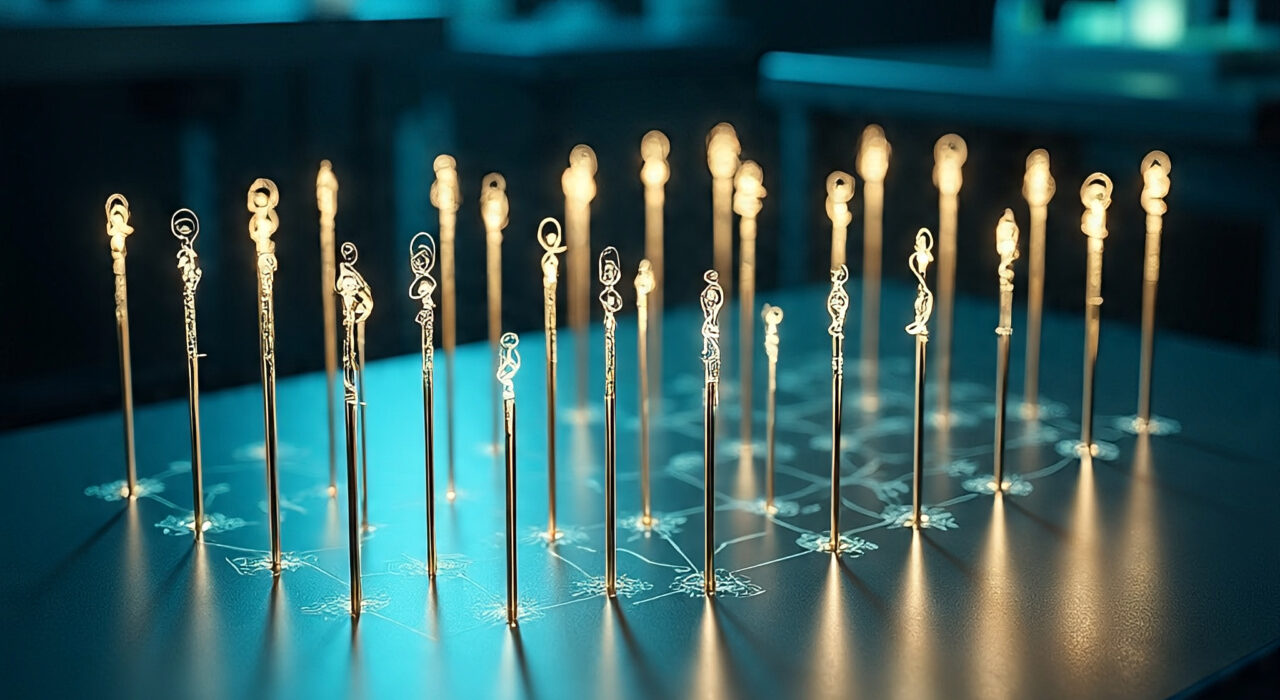In a breakthrough that could reshape the future of biomedical imaging and energy conversion, researchers at the University of Tokyo have revealed a new class of nanomaterials dubbed “gold quantum needles.” These elongated, pencil-like gold nanoclusters exhibit unusual quantum behaviors and respond to near-infrared light, offering promising applications in medicine and sustainable technology.
The discovery was led by Shinjiro Takano, Yuya Hamasaki, and Tatsuya Tsukuda, who captured the earliest stages of gold nanocluster formation using single-crystal X-ray diffraction. Unlike conventional spherical clusters, the gold atoms assembled anisotropically—growing at different rates in different directions—and formed triangular and tetrahedral units. “We could retroactively explain the formation processes of a series of small gold nanoclusters under our unusual synthetic conditions,” Tsukuda explained. “However, the formation of needles with a base of a triangle of three gold atoms instead of a nearly spherical cluster is a serendipitous finding that was far beyond our imagination.”
Gold nanoclusters, typically composed of fewer than 100 atoms, are synthesized by reducing gold ions in the presence of stabilizing ligands. Tsukuda believes that understanding their early growth stages could unlock new methods for designing nanomaterials with tailored properties. “We would like to explore synthesizing other, unique nanoclusters by refining the synthesis conditions further,” he added, expressing interest in cross-disciplinary collaboration to harness the needles’ exceptional optical traits.






